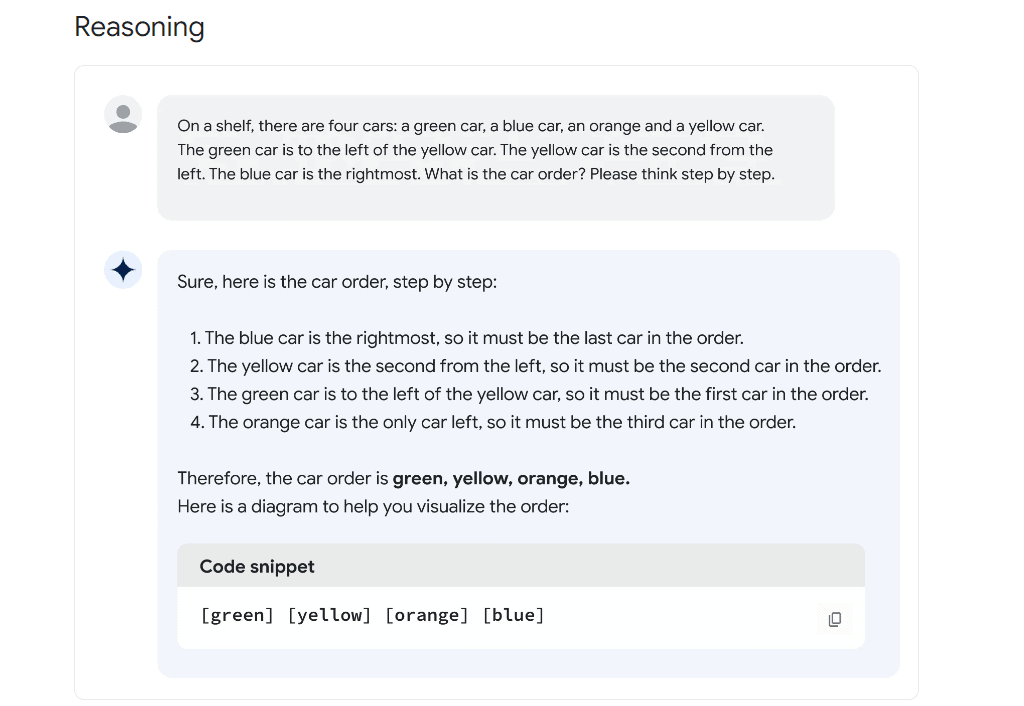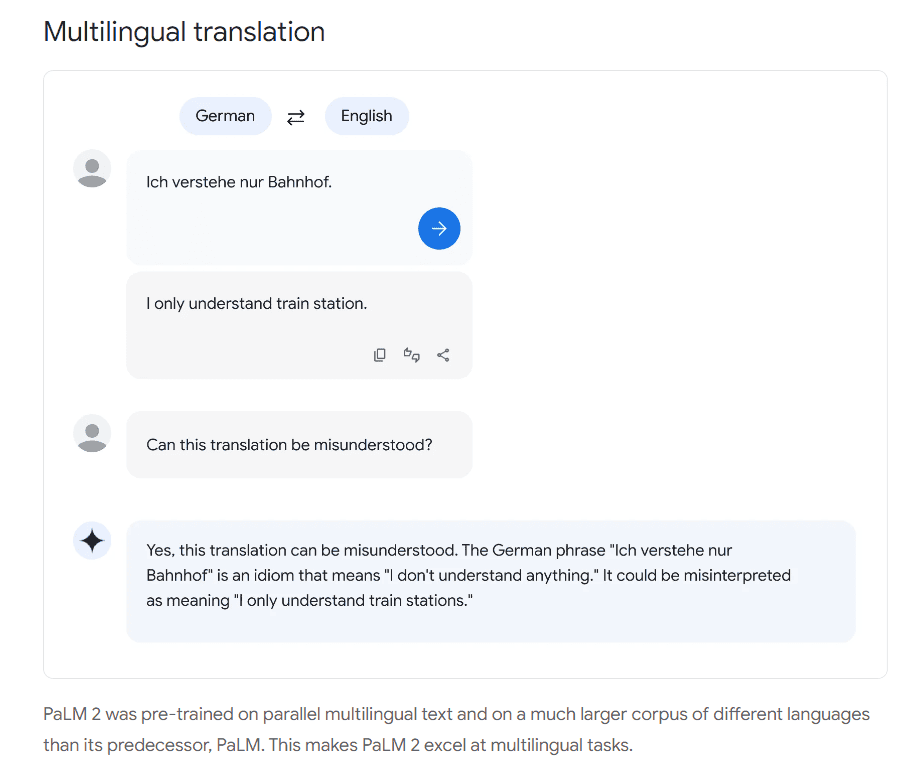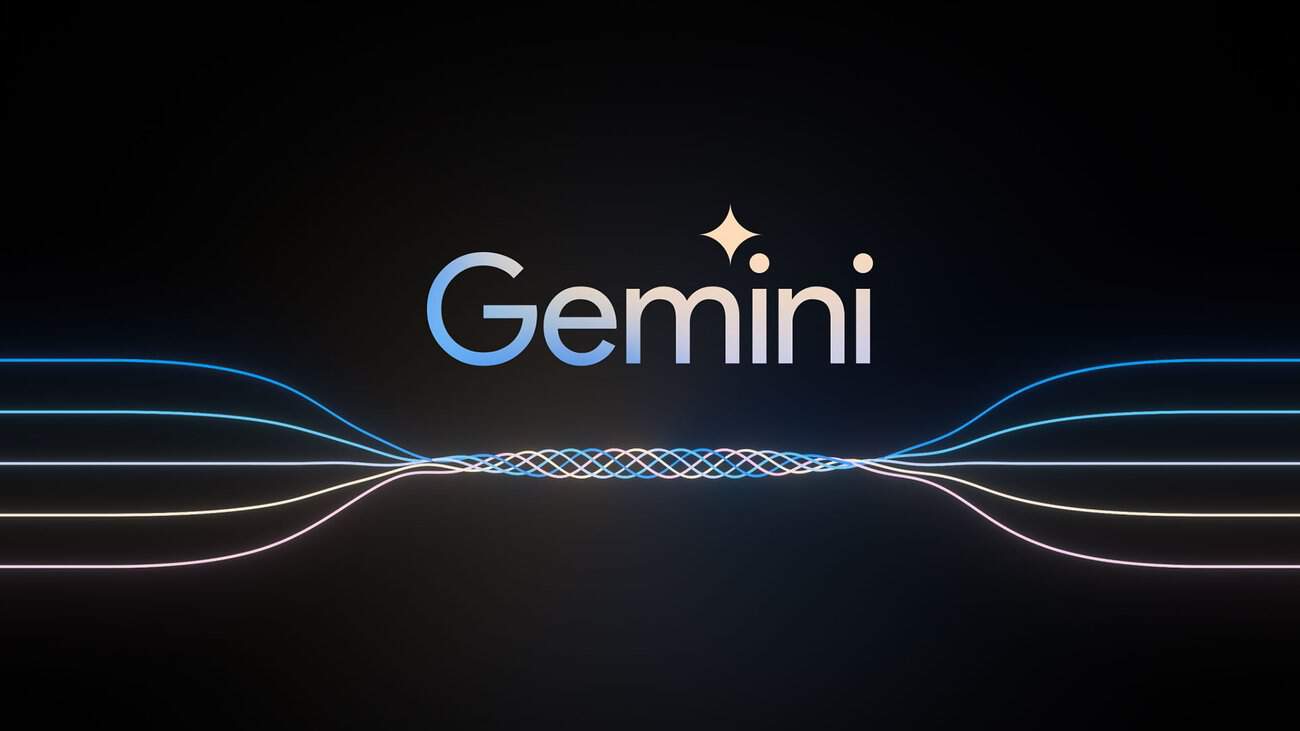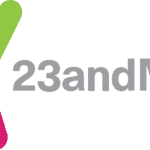Google’s latest AI models, Gemini and PaLM 2, are pushing the boundaries of artificial intelligence. These advanced language models bring new capabilities to understanding and generating human-like text. Gemini and PaLM 2 represent significant leaps forward in AI technology, with the potential to transform how we interact with machines.
Gemini comes in three versions: Nano, Pro, and Ultra. Each size serves different needs, from small devices to complex tasks. PaLM 2, on the other hand, powers Google’s chatbot Bard. Both models aim to advance AI and compete with other leading technologies in the field.
These new AI systems from Google show promise in various applications. They can help with tasks like writing, coding, and answering questions. As they integrate into Google’s ecosystem, users may see improvements in search, translation, and other services.

Google’s AI Powerhouses: Gemini and PaLM 2
Google has been busy creating some impressive artificial intelligence. Two of their most powerful creations are Gemini and PaLM 2. These are large language models (LLMs). They can understand and create text, translate languages, write different kinds of creative content, and answer your questions in an informative way. But what exactly is the difference between these two AI giants?
Gemini: The Multimodal Marvel
Gemini is designed to be a jack-of-all-trades. It can work with many different kinds of information, including text, images, audio, video, and even code. This makes Gemini very versatile. For example, Gemini could help create a chatbot that can understand both your words and the pictures you send. It could even generate stories with images or poems with music!
Gemini is also built for complex reasoning. It can solve problems and understand complicated ideas. This makes it ideal for tasks that require understanding information from many sources.
Google Gemini Features
| Feature | Description |
|---|---|
| Capabilities | A multimodal AI model that can process and generate text, images, audio, video, and code. Designed for complex reasoning and problem-solving. |
| Applications | Advanced chatbots that can understand and respond to various input types. Generating different creative content formats (e.g., stories with images, poems with music). Analyzing information from multiple sources (e.g., describing images and answering questions about them). Powering more sophisticated AI assistants. |
| Latest Info | Still under development, but being integrated into Google products like Search and Assistant. Expected to be a major advancement in AI capabilities, enabling more natural and intuitive interactions with technology. Google has highlighted Gemini’s ability to excel in tasks involving reasoning, planning, and understanding complex information. |
PaLM 2: The Language Specialist

PaLM 2 is a master of language. It’s really good at understanding and generating text. This makes it perfect for tasks like translation, summarization, and question answering. PaLM 2 is already being used in many Google products, such as Bard (Google’s AI chatbot) and tools within Google Workspace.
Compared to Gemini, PaLM 2 is more efficient with text-based tasks. It can generate results faster and use less computing power. This makes it a great choice for applications where speed and efficiency are important.

Google PaLM 2 Features
| Feature | Description |
|---|---|
| Capabilities | A large language model specializing in text-based tasks. Excels at language understanding, generation, translation, summarization, and question answering. |
| Applications | Powers Google’s Bard AI chatbot. Used in various Google Workspace tools for tasks like writing assistance and email composition. Can be used for code generation and debugging. Provides improved language translation across Google Translate. |
| Latest Info | Currently available and powering many Google products. Known for its efficiency and strong performance in language-based tasks. Continues to be updated with new features and improved accuracy. |
Choosing the Right Model
So, which model is better? It depends on what you need it for. If you need an AI that can work with many different types of information, Gemini is the way to go. If you mainly need an AI for text-based tasks, PaLM 2 is the better choice.
| Feature | Google Gemini | PaLM 2 |
|---|---|---|
| Modalities | Multimodal (text, images, audio, video, code) | Primarily text |
| Strengths | Reasoning, creativity, versatility | Language understanding, efficiency |
| Applications | Chatbots, creative content generation, AI assistants | Language translation, summarization, question answering |
| Availability | Limited access, being integrated into Google products | Widely available through Google products and APIs |
Key Takeaways
- Gemini and PaLM 2 are Google’s newest AI models with enhanced language abilities
- These models come in different sizes to fit various needs and devices
- Google’s AI advancements may improve many of its services and applications
Overview of Google Gemini and Palm 2
Google’s AI models Gemini and Palm 2 are at the forefront of language processing technology. These advanced systems offer unique capabilities and innovations in the field of artificial intelligence.
Key Features and Innovations
Gemini comes in three versions: Nano, Pro, and Ultra. Gemini Nano is the smallest, while Ultra is the most powerful. Palm 2, on the other hand, is built on the Pathways framework. This allows it to work well across many tasks and datasets.
Gemini excels at tasks like text generation and problem-solving. It can handle both text and images. Palm 2 is strong in areas such as translation, summarization, and answering questions.
Both models have made big steps in natural language understanding. They can grasp context and nuance in ways that earlier AI couldn’t.
Comparative Analysis of Gemini and Palm 2
In terms of accuracy, Palm 2 often produces more factual text. Gemini sometimes creates false information. Both models have excellent grammar, with Palm 2 slightly better.
Palm 2 is more consistent in its outputs. Gemini can be less predictable, which can be good or bad depending on the task.

For specific uses, Med-Palm 2 focuses on medical tasks. Sec-Palm is designed for security-related applications. These specialized versions show how flexible the Palm 2 system is.
Gemini stands out in its ability to work with different types of data at once. This makes it very useful for tasks that involve both text and images.
Technological Capabilities and Applications
Google Gemini and PaLM 2 have unique strengths in language tasks, coding, and creative work. Each model shows different skills in these areas.
Language Understanding and Translation
Gemini excels at grasping context and nuance in text. It can pick up on subtle meanings and cultural references. This makes it great for tasks like summarizing complex documents or answering tricky questions.
PaLM 2 stands out in translation. It can work with over 100 languages. The model is good at keeping the original meaning when changing text from one language to another.
Both models can handle idioms and wordplay. They can also explain jokes or puns, showing a deep grasp of language quirks.
Coding and Text Generation
Gemini shines in coding tasks. It can write code in many programming languages. The model can also explain code, find bugs, and suggest fixes.
PaLM 2 is strong in text generation. It can write essays, stories, and reports on various topics. The model keeps a consistent style and tone throughout longer pieces of writing.
Both can help with technical writing. They can create clear instructions or explain complex ideas in simple terms.

Creative and Multimodal Tasks
Gemini has an edge in multimodal tasks. It can work with text, images, and other data types at once. This lets it describe images, create art based on text, or even generate videos.
PaLM 2 focuses more on text-based creative tasks. It’s good at writing poetry, coming up with story ideas, or crafting marketing copy.
Both models can help with brainstorming. They can suggest new ideas or approaches to problems in various fields.
Integration with Google Ecosystem and Future Directions
Google Gemini and PaLM 2 are set to change how we use Google products. These AI models will make apps smarter and more helpful.
Google Cloud and Vertex AI
Google Cloud is adding Gemini to its tools. This will help businesses use AI more easily. Vertex AI, a platform for machine learning, will get new features from Gemini. Companies can now build better AI apps faster.
Google is also making it simpler to use these AIs. They’re adding them to popular products like Docs, Gmail, and YouTube. This means users can do tasks quicker and get more creative.
Advancements in Machine Learning and AI
Google DeepMind is working hard to improve Gemini and PaLM 2. They want to make AI that can think more like humans. This could lead to big changes in how we solve problems.
The team is focusing on making AI safer and more trustworthy. They’re also trying to make it use less energy. These steps are important as AI becomes a bigger part of our lives.
Google showed off some of these new AI abilities at their I/O 2023 event. They plan to keep adding new features to their products over time.







